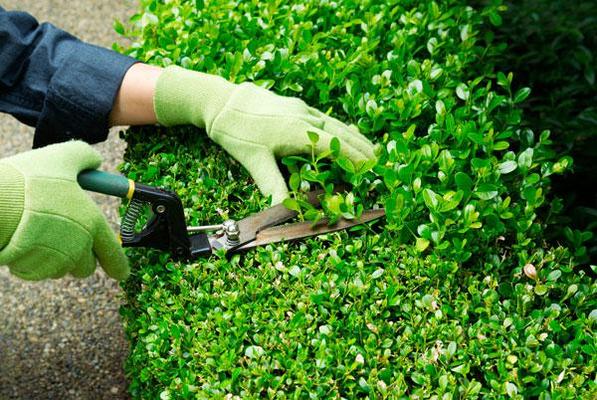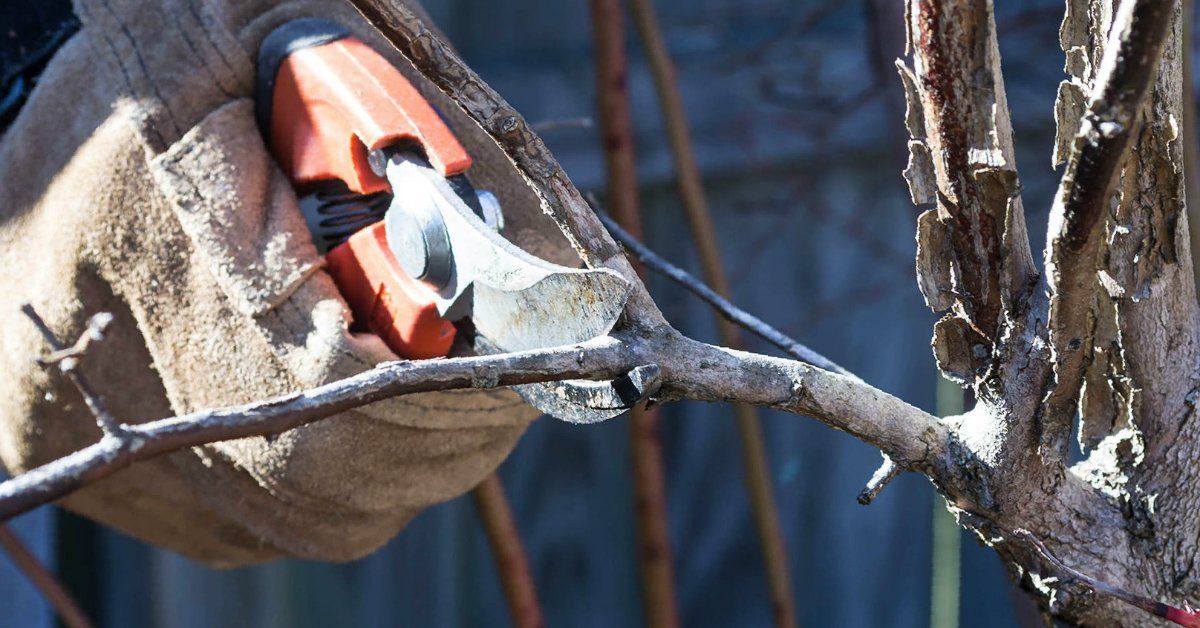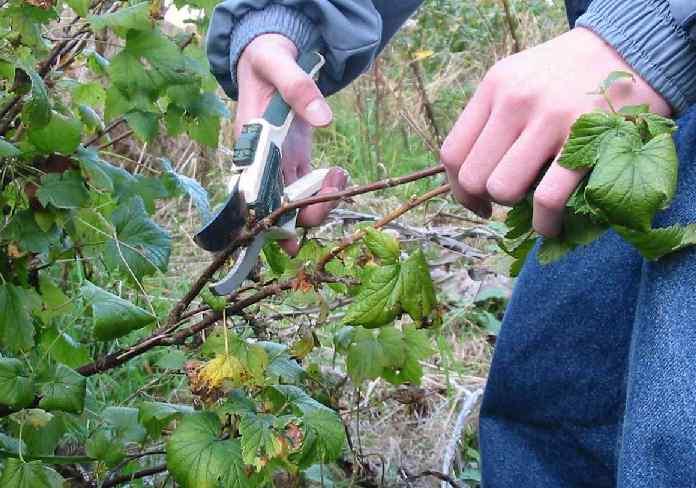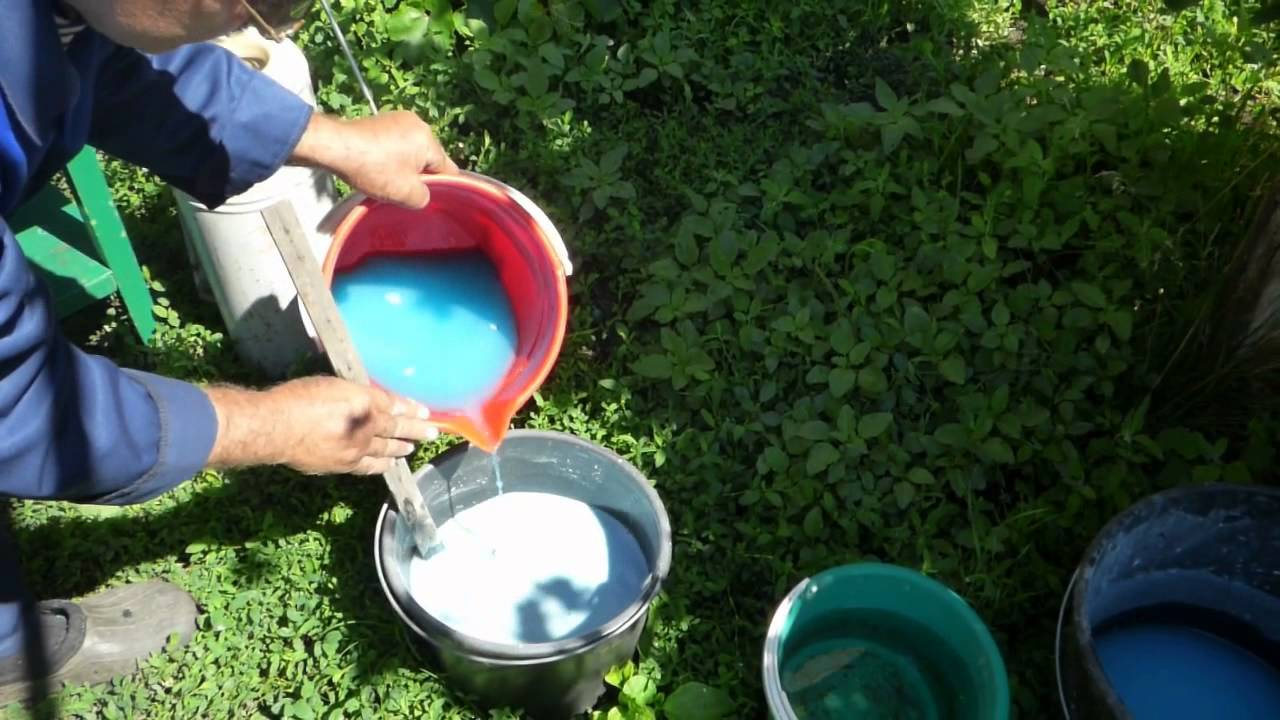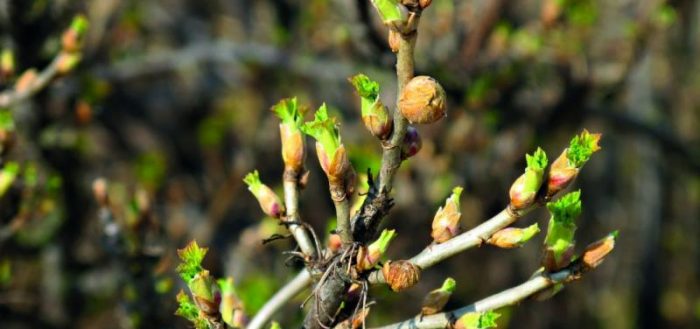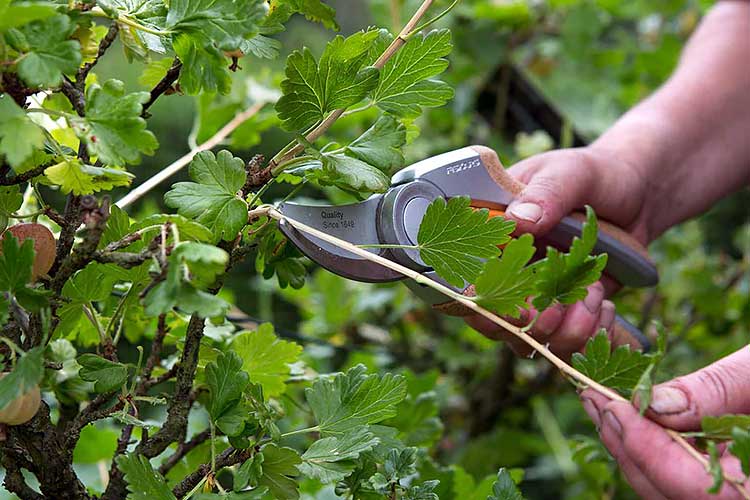Content:
Pruning trees and shrubs is an integral part of the proper care of growing plants. Without this agrotechnical measure, the bushes will not have an attractive appearance, lose their shape and cease to please the eye. Also, the lack of timely pruning leads to a thickening of the crown. Therefore, pruning should be done regularly, taking into account the season and the type of crop.
About the methods of the procedure
Shrub pruning involves 2 methods:
- Shortening branches. This method is used if it becomes necessary to get rid of the upper part of the shoot. After this procedure, the diameter of the branches will increase, the shoots will begin to grow faster, the development of the buds will accelerate;
- Shrub thinning. It is a pruning of all branches so that the bushes do not thicken. After such a procedure, the plant is not afraid of diseases and pests.
Carrying out these pruning methods has a positive effect on the bush, because all the nutrients that the plant has are beginning to be redistributed to each branch. Spring pruning of shrubs has a beneficial effect on the plant, and its shoots begin to develop more intensively, the branches grow stronger and gain healthy strength. After pruning, the number of buds decreases, and, therefore, the path of movement of nutrients from root to leaf becomes less, and crown growth is much increased.
Types of shrub trimming (description, diagram)
Depending on what result is expected to be obtained after removing the shoots, gardeners choose a certain type of pruning. There are 3 types of scraps:
- anti-aging;
- formative;
- sanitary.
Anti-aging
In order for adult shrubs to bloom lush, they undergo anti-aging pruning. The old branches are shortened, this activates the buds. The period of anti-aging pruning is practically unlimited. It can be produced from January to April, from August to September inclusive.
The branches are cut at 30% of the top after they have faded. For abundant flowering, old branches are removed. It is recommended to rejuvenate shrub plants once every couple of years.
Sanitary
This type of pruning occurs in the fall and is a must for all shrubs. The main purpose of this type of pruning is to protect shrub plants from various infectious diseases, to prevent decay of diseased or damaged areas of the shrub. The process of this type of pruning is to remove all damaged or broken branches of the shrub.
Formative
This type is used exclusively in the autumn.If for some reason the pruning was not carried out in the fall, then when pruning the branches in the spring, their decorative attractiveness will be spoiled, because the flowers grow on the shoots of the previous year. Formative pruning consists of creating ornamental plants from conventional plants by adding accelerated shoots to the main branches. Weak branches growing from the root are removed.
Certain types of shrubs have a fairly fast growing root shoots, from which the shrubs increase significantly in width. For this reason, it is recommended to get rid of shoots and most of the root growth around the entire perimeter.
Indications for the use of radical rejuvenation
When a shrub plant is no longer able to form strong and weak shoots, radical rejuvenation is applied by gardeners. In this case, all branches are cut off at ground level. This will help to activate the buds, the growth of shoots will appear again. After 1-2 years, pruning of weak and poorly growing branches should be started.
Ornamental shrubs
Ornamental shrubs (cinquefoil, hibiscus, euonymus, derain) are often used in landscape design. They adorn gardens, city streets, parks with a beautiful view and lush flowering. This type of plant requires constant and careful care. Pruning is carried out so that the bush keeps its shape, in accordance with the intended design.
Ornamental shrubs are pruned in spring. The branches of young seedlings are shortened by 10-15 cm. Several buds are left, new shoots will grow from them.
The next year, after pruning, the shrub grows powerful branches. In autumn, it is advisable to carry out sanitary pruning of branches. Cutting off weak, unhealthy branches is necessary at the base of the plant. If in early spring it is found that the bush again needs pruning, then it can be repeated. However, the pruning procedure must take place before the buds of the bush swell and the juice begins to move.
Shoot ratio on an artisanal plant
For the growth of the branches of shrubs, 5-6 years are given, after this period it is advisable to cut them off. Therefore, it is important to know what the ratio of shoots by age has a shrub. In order to determine the age of the branches, you can use the method of counting the inner rings that are observed during the cross section. The number of rings indicates how old the plant is. Typically, all shrubs have 4-5 annual branches, two-year-old - 3-4, three-year, four-year and five-year - 2-3.
How is hedge trimming done?
A hedge is considered to be the fence of the site with growing shrubs, which looks very impressive and beautiful. This hedge is formed one year after planting.
You cannot leave trimming for a later date, because the branches of the shrub grow upward, which means that over time, the lower part of the plant will be exposed, which is not aesthetically attractive. Therefore, the shoots are cut in the first year, 15 cm above the ground. After that, strong basal layers will begin to appear.
The next year, the procedure is repeated, which will create a good crown.If it does not have a uniform density, then it will again need to be trimmed well. After this, the growth of the crown will increase, it will come into the desired shape. After three years, the root growth will be fully formed. For a shrub hedge, only cosmetic pruning will be needed.
Curly pruning of shrubs
To make the garden more attractive, gardeners began to often use curly pruning. It gives the garden an exclusive and beautiful look. Before starting this type of pruning, it is important to choose the right plant variety. Evergreen shrubs such as boxwood, laurel, cypress, privet, conifers are preferable.
Spherical shape
To create such a shape, small trees are selected. To give a spherical shape to the shrub, it is necessary to cut off the side shoots. You can use a template made from wire. It is attached to the bush, and the excess crown is cut off.
Tapering
The cone is one of the easiest shapes to trim. The haircut starts from the crown, from the very top to the bottom. In order for the figure to turn out to be clearly proportional, special poles are used. A pyramid is built from them and branches that go beyond the figure are cut off. Barberry and juniper are best suited for a conical shape.
Spiral tree
Conical shrubs are best suited for creating a spiral shape. Near the bush, you need to stick a pole and tie a bush to it. Tie a tape at the top of the pole and direct it to the ground, wrapping the plant in a spiral. Further, the shoots are cut to the trunk, according to the shape given by the tape. When the bush has acquired the required spiral shape, the tape is removed.
Gardening Tools
This tool is divided into 2 types:
- With a curved blade. His job is to cut thick shoots evenly;
- With a straight blade. The blade of the tool rests against the end of the plant.
The pruner is very effective in its work, however, the negative point in this tool is that it is impossible to cut the hard-to-reach places of the bush.
A garden saw is useful when it is necessary to rejuvenate shrubs and remove branches that are more than 5 cm thick. The saw teeth are sharp and large enough (6-7 ml long), which makes it easy to cut thick branches.
To carry out the work on pruning hard-to-reach shoots, gardeners use a delimber. This tool can easily cope with thick branches, it is easy to work with it in a lush crown.
To choose good tools that will be effective helpers in the garden, pay attention to the following characteristics of the tool:
- it must be quite sharp to cut the shoots smoothly;
- safe to use;
- convenient to use;
- the weight of the tool should be small, but capable of withstanding significant efforts from the gardener;
- It is advisable to choose a handle painted in a bright color so that the tool can be easily found among the grass.
Pruning fruit trees and berry bushes
There is pruning of fruit bushes in the spring, until the moment when the sap flow begins.
Not every berry needs annual pruning, because some of them independently activate the formation of their crown, the berries grow on them on the shoots of the previous year, respectively, if they are cut off, there will be no harvest.It is enough for gardeners to periodically remove old branches.
Young fruit trees (apple, pear) form every spring. From the time of planting fruit trees, gardeners begin to create a crown for uniform insolation. Pruning takes place by removing unnecessary branches and when fruiting begins, the fruits are ripe, the trees are already in the desired shape.
Plant feeding
When getting rid of branches in August and September, the plants need to obtain phosphorus. This is due to the fact that at this time the root system begins to form. Among experienced gardeners, it is believed that the most effective and useful top dressing is compost infusion.
Pruning berry and ornamental shrubs, fruit trees is a mandatory procedure in growing plants. This process must be approached carefully and carefully so as not to damage healthy and young shoots, to create a beautiful and lush crown. Therefore, among gardeners, a book written by the doctor of agricultural sciences - Kudryavets R.P. has become very popular and useful in pruning fruit trees and shrubs. It clearly presents all the information regarding the maintenance and care of plants.
